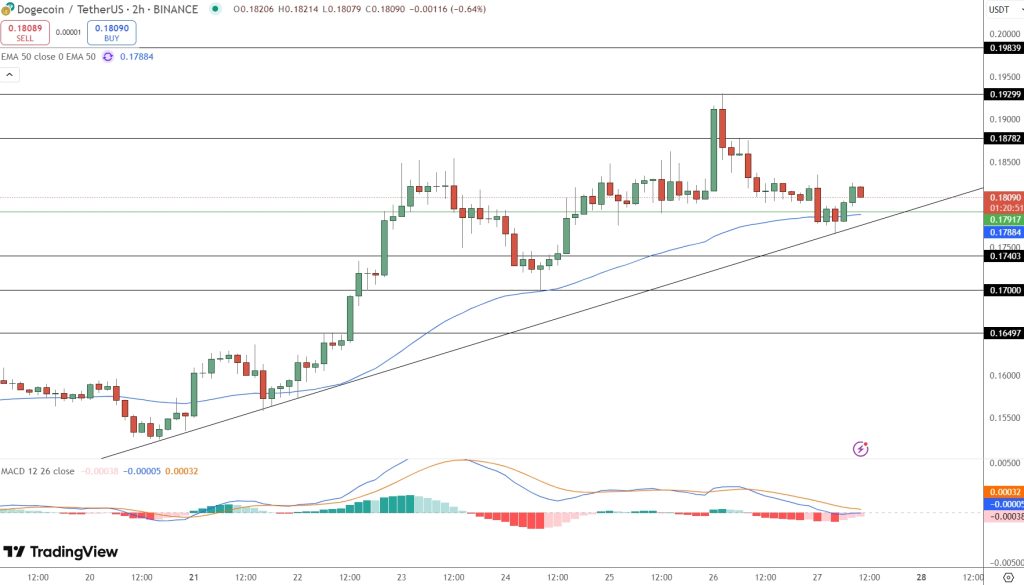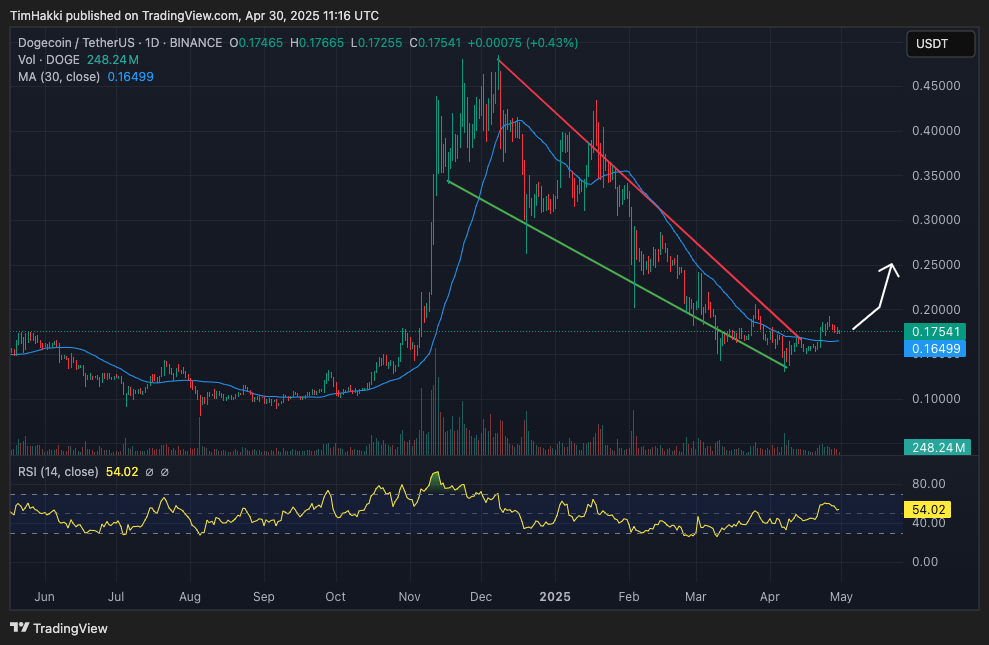75 years ago – December 10, 1948 – the United Nations adopted the Universal Declaration of Human … [+]
AFP via Getty Images
It has been described as the foundation for the ‘International Bill of Rights’ and, evoking the memory of the agreement signed in 1215 by King John and the barons, a ‘Magna Carta for all Humanity.’ Adopted by the United Nations seventy-five years ago – on December 10th, 1948 – the Universal Declaration of Human Rights (“UDHR”) is not only remarkable for its content but also for the fact that it was achieved at all, given the divided times in which it was made. In this respect, it holds vital insights for protecting new rights today, even as it reminds us how far we still need to go to achieve the rights the UDHR enshrines.
For the first time, the UDHR recognized that certain inalienable rights belonged to every human by the sheer fact of their existence. When considered alongside subsequent UN human rights documents, these include a long list encompassing civil rights such as the right to a fair trial, equality before the law, and freedom of expression and opinion. But they also encompass economic and social rights such as the right to education and joining and forming a union. As an Australian, I take particular pride that the then Australian Labor Government is credited, in part, for helping to secure international support for the principles of full employment and an equal standard of living in the years leading up to 1948. Although technically non-binding, today, some see the UDHR as having the equivalent of legal force because it’s so widely accepted.
Reading the UDHR today, one can be struck by how idealistic and naive they still appear. The stark gulf between its ideas and reality reminds us just how far we must go to ensure they are fully implemented. Indeed, the latest Freedom in the World Report has shown that global freedom has declined for the 17th consecutive year.
Still, we have come a long way, and in many countries, much of the UDHR is more than a utopian dream, especially in the realm of gender equality. Today, every parliament in the world includes women, and significant strides have been made to ensure equal treatment for women and men both in and outside the workplace. For instance, in 2018, Iceland implemented a law requiring companies and institutions with more than 25 employees to prove equal pay for equal work.
More broadly, in her book Evidence for Hope: Making Human Rights Work in the 21st Century, Kathryn Sikkink presents a compelling case for the effectiveness of human rights movements in building on the foundation provided by the UDHR. She highlights that in the decades leading up to 2017, genocide and violence against civilians declined while access to healthcare and education dramatically increased. Sikkink argues that skepticism about human rights stems from measurement errors, not the actual state of affairs. She contends that solid evidence supports the positive impact of human rights laws, institutions, and activists in improving human rights outcomes, with the expectation that this progress will continue. These strides, however, should not be taken for granted. As we’ve seen in too many recent examples, hard-won progress can be quickly reversed.
Here, the story of the creation of the UDHR itself demonstrates that progress in finding common ground on such a fundamental issue is achievable, notwithstanding our domestic and international divisions. Seventy-five years is a long time. It is thus easy to forget just how groundbreaking the passage of the UDHR was, given how divided the world was. By 1948, the Cold War was already underway, with any hope for a degree of unity post-World War II having given way to a simmering tension between the US, its allies, and the Soviet Union. Indeed, while not voting against it, the Soviet Bloc would abstain from the final vote on the UDHR’s acceptance.
Similarly, and on the domestic front, in countries like the US and Australia, the UDHR’s passage was made even though both those countries’ domestic policies fell far short of its ideals (as some would argue they continue to do so today). Racial segregation still permeated many American states, and Australia would stubbornly hold onto a ‘White Australia’ immigration policy for the course of the subsequent two and a half decades. The UDHR found support amongst countries despite their domestic shortcomings and became a yardstick by which governments would be measured and held accountable. Today, both countries, by way of example, have made strides even as human rights abuses continue.
Today, while our world is divided, it is nothing compared to the peak of the Cold War, when it was divided into two systems. China and the U.S. – the world’s two most dominant powers – have shown at the recent San Francisco summit that the foundations are there to work within the international system rather than create new alternative systems. Joint professions to the necessity of international cooperation was the sentiment that came out of the Biden-Xi meeting at the summit. This shows there is space to find new support for emerging human rights challenges that the UDHR’s framers wouldn’t have contemplated. Indeed, the UN General Assembly declared access to a clean and healthy environment a universal human right last year. Critically, no country voted against this. New technologies, especially in light of the rapid growth of AI, present another area where consensus will need to be found.
While consensus may arise on recognizing new rights, their actual impact lies in their implementation. Eleanor Roosevelt, overseeing the drafting of the UDHR, consistently stressed to diplomats in the 1940s that the document’s influence hinged on being understood and championed by ‘ordinary people.’ It was envisaged as a practical tool to protect individuals from the excess and abuse of power. Today, much of this work is taken up by human rights defenders and advocates, often ordinary citizens, even though it can be perilous, with defenders facing regular attacks and, at times, fatal consequences, particularly affecting indigenous communities.
As we commemorate the 75th anniversary of the UDHR’s creation, creating space for defenders and their work is crucial. All of us have a role to play here. For example, by recognizing development as a human right, as emphasized by economist Amartya Sen, development organizations like Global Citizen can spotlight the barriers faced by frontline advocates holding governments accountable. Foundations also play a vital role in providing resources to empower these advocates. Although the causal connection between their work and ‘impact’ may not follow a linear path, it is essential in establishing the conditions necessary for achieving broader programmatic goals. Ultimately, the UDHR was not intended to introduce a new category of human activity – a new silo to be considered in isolation from everything else. Instead, it provides a framework for assessing all existing human endeavors, ensuring they align with fundamental human rights principles.
At midnight on December 10, 1948, the concluding debate on the UDHR came to an end. The representative for Syria, the final speaker, remarked, “Civilization ha[s] progressed slowly through centuries of persecution and tyranny until finally the present Declaration ha[s] been drawn up.” He described its passage not as the work of a few diplomats but as ‘the achievement of generations of human beings who had worked towards that end.” However, those gathered at the UN that day recognized their work was not the end. Seventy-five years later, we’ve made further strides, even though much of the UDHR remains unfulfilled in too many communities. The journey continues.
Credit: Source link











